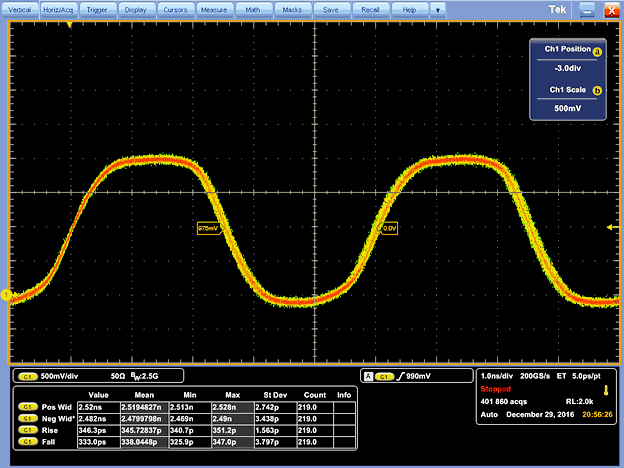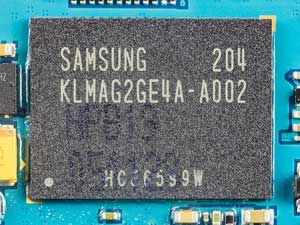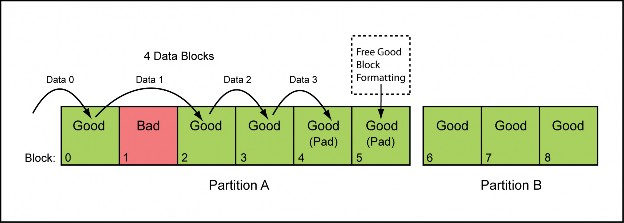Serial Flash Solutions
Serial flash is a small, low-power flash memory that provides only serial access to the data – rather than addressing individual bytes, the user reads or writes large contiguous groups of bytes in the address space serially. Serial Peripheral Interface Bus (SPI) is a typical protocol for accessing the device. When incorporated into an embedded system, serial flash requires fewer wires on the PCB than parallel flash memories, since it transmits and receives data one bit at a time. This may permit a reduction in board space, power consumption, and total system cost. See Article Here
BPM’s 9th Gen Univeral Programmers are made for programming low power devices, such as Serial Flash, MCUs, NAND, and NOR devices. High-speed signals support devices up to 200 Mhz and the latest eMMC HS400 modes with data transfer rates of 2.5 nanoseconds per byte. With data transfer rates to 50 Gb per second, and verify rates up to 200 MB per second, the 3928 offers the industry’s fastest times with even more capacity compared to other systems in its class.
Serial Flash Articles

Signal Integrity
Not all programming solutions are the same. If quality and maximum device life are important, it’s imperative to know what to look for. When evaluating a programming solution, ask about signal integrity. Review this white paper for helpful tips.

Mastering eMMC Device Programming
Over the past decade, the demand for high-density, nonvolatile memories with a small footprint has increased dramatically. Two of the most popular markets driving this demand are handheld devices and automotive. Demand for handheld devices continues to drive the research for high-density, low power, low-cost, high-speed, nonvolatile memories while maintaining a small footprint. NAND-type flash memory is the perfect match for such a market. The increased consumer demand for high-tech features in automobiles, such as infotainment systems, is also a big driver of demand for high-density NAND-based devices.

Understanding NAND Flash Factory Programming
During the manufacturing of electronic systems, blank non-volatile devices must often be programmed with initial data content. This allows the target system to get up and running, and is referred to as “factory programming,” “factory pre-programming,” or “bulk programming.” Generally, this is a very straightforward process that has been in place in the industry for many years. However, with NAND flash the process is more difficult.